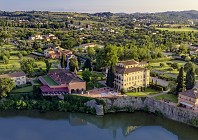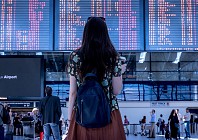I savour another sip of the velvety drink in one of Florence’s grandest people-watching squares, Piazza della Signoria. Famous for its bronze replica of Michelangelo’s David, Signoria is also home to the Tuscan capital’s original artisan chocolatier: Caffè Rivoire. Made according to a 150-year-old secret recipe, its cioccolata calda was the hot chocolate of choice for the Medici family; the political-banking dynasty that ruled Florence for three centuries during its glorious Renaissance years.
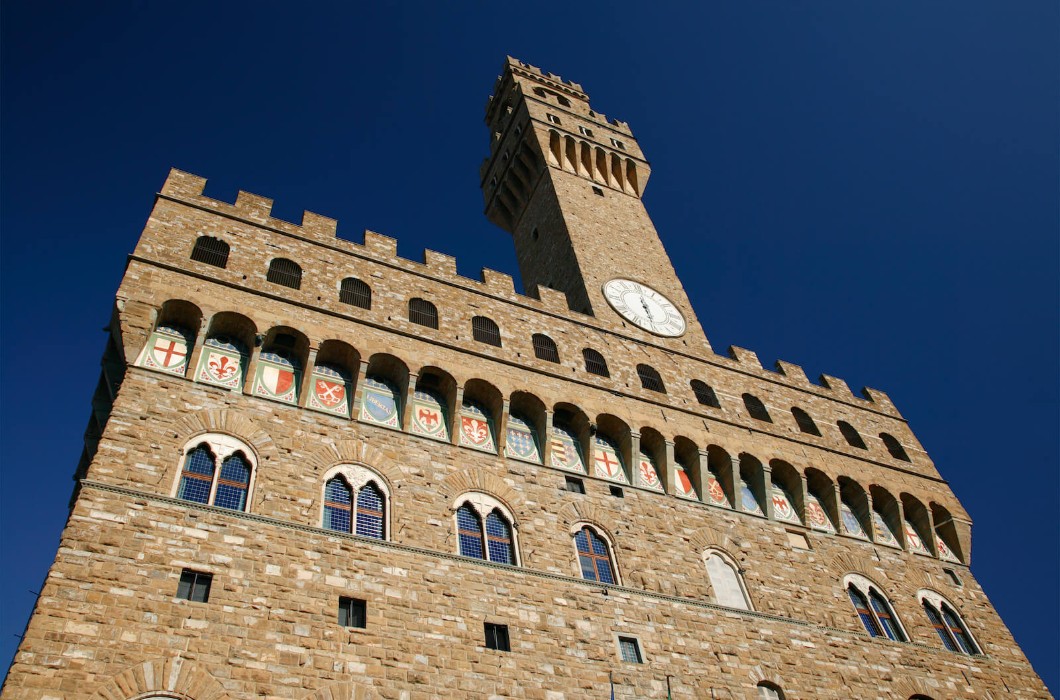
As patrons of the arts, the Medicis helped mould Florence into the remarkable open-air museum that it is today. The city’s wealth of cultural and historical treasures draws people in their droves come summertime, making Spring the perfect time to have its glittering galleries and ancient streets all to yourself. I get my first taste of crowd-free sightseeing at Palazzo Vecchio (Old Palace), the city’s medieval town hall fortress, which has stood sentinel over Signoria for seven centuries.
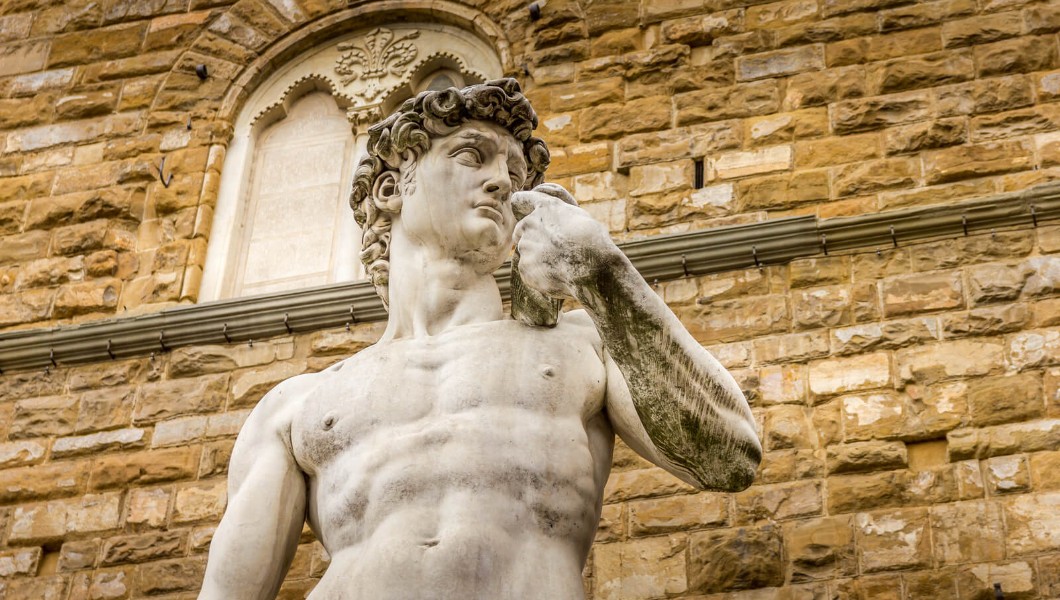
I join guide Julia Argentino for a 90-minute ‘Secret Passage Tour’ of the iconic landmark-turned-museum, which begins streetside next to a Hobbit-sized door. Living up to the tour’s name, we navigate concealed corridors and chambers once used by the Medici family, who lived here during the 16th century. “Francesco I de’ Medici [son of Grand Duke Cosimo I] was like a little Harry Potter,” Argentino says as we enter the amateur alchemist’s frescoed Studiolo (little studio).
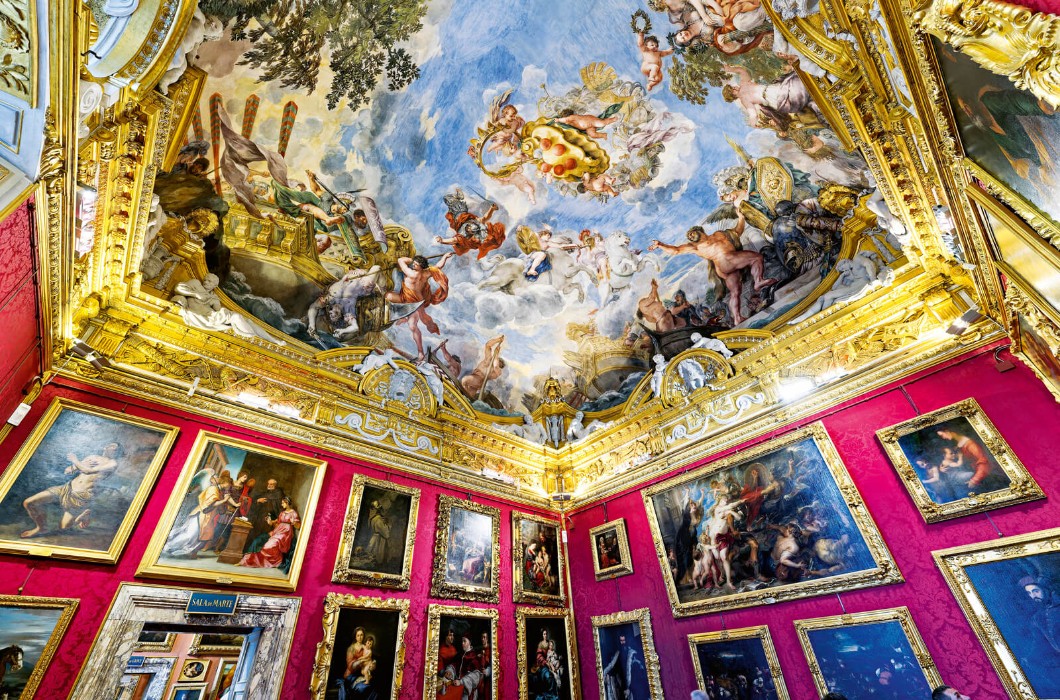
Accessed through what would have been his bedroom, the vault room’s panelled walls conceal painted cabinets once filled with precious jewels and family heirlooms. Hidden behind one cabinet are a series of stone steps leading up to “a room inside a room inside a room,” Argentino says whilst clutching a ring of skeleton keys. Named Tesoretto or little treasure, Francesco I’s father’s secret room literally glitters in gold.
The tour concludes in dramatic style in the dimly-lit eaves above the main museum. A feat of engineering and carpentry, its 16th-century oak trusses hold up both the palace’s roof and coffered ceiling of its Hall of the Five Hundred. “Giorgio Vasari — an eminent Renaissance architect — knew it needed to be like a human skeleton: firm but flexible,” Argentino explains.
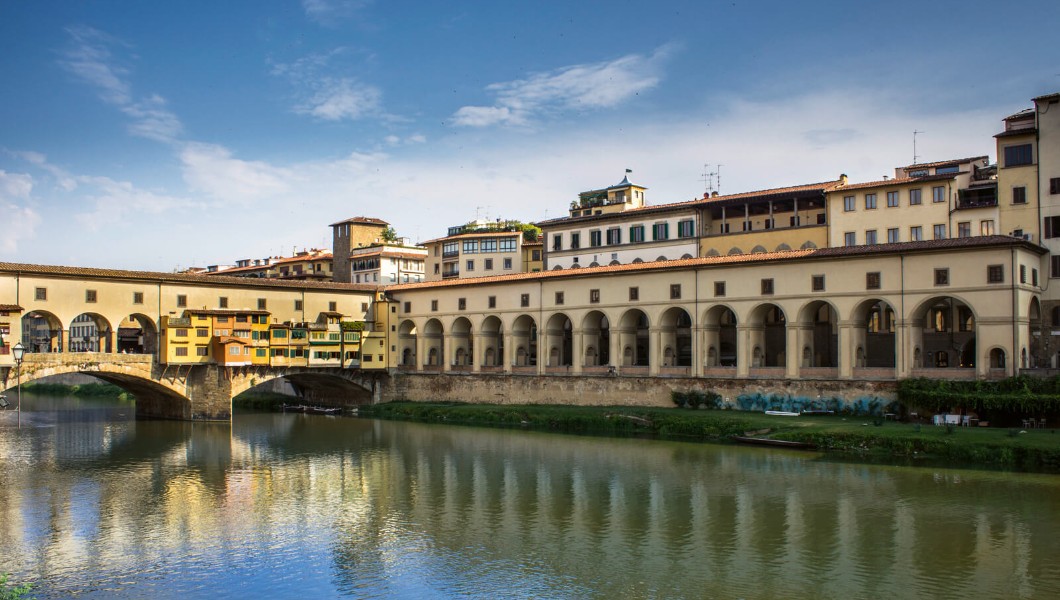
Vasari also masterminded Florence’s river-spanning Vasari Corridor. This 16th century elevated walkway connects Palazzo Vecchio and the world-famous Uffizi Galleries to Pitti Palace: the Medicis’ royal apartments-turned-museum-gallery complex nestled in the city’s green lung. After an eight-year-long renovation, the 750-metre-long corridor became accessible for the first time in May 2024. I marvel at must-see masterpieces like Botticelli’s Birth of Venus without jostling for a view, before passing over the city’s postcard-pretty Ponte Vecchio (Old Bridge) via the corridor to Oltrarno, which translates as “The other side of the Arno River”.

I satisfy my sweet tooth at Passera Square’s namesake gelateria, burning off the calories with a brisk walk to Brancacci Chapel, renowned for its Renaissance frescoes. They’re looking more radiant than ever thanks to a two-year-long restoration that’s painstakingly removed centuries of soot.
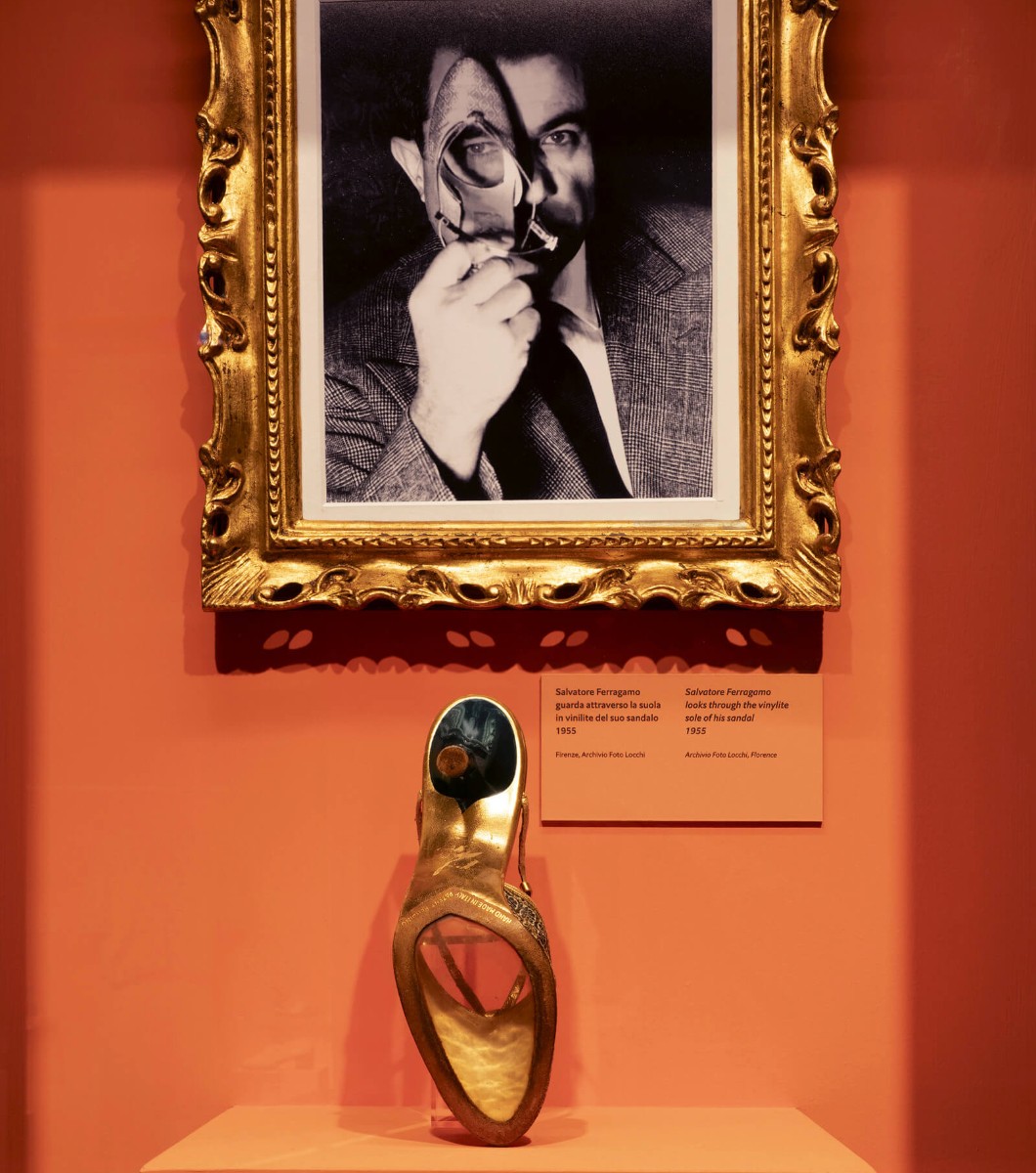
I return to the Arno’s northern banks, this time over the arches of the eternally romantic Santa Trinità Bridge. It’s located a whisper from my first five-star check-in: Antica Torre di Via Tornabuoni 1, which takes its name from one of Florence’s chicest streets. Vaunting an unconventional layout, its 24 rooms and suites — each one unique — span the upper two floors of conjoined buildings: one a fortified medieval tower, the other a Renaissance-era palace. For centuries, this sophisticated riverside address was the residence of the Gianfigliazzis; a noble family mentioned in The Divine Comedy, which was penned by one of Florence’s most famous sons: Dante Alighieri.
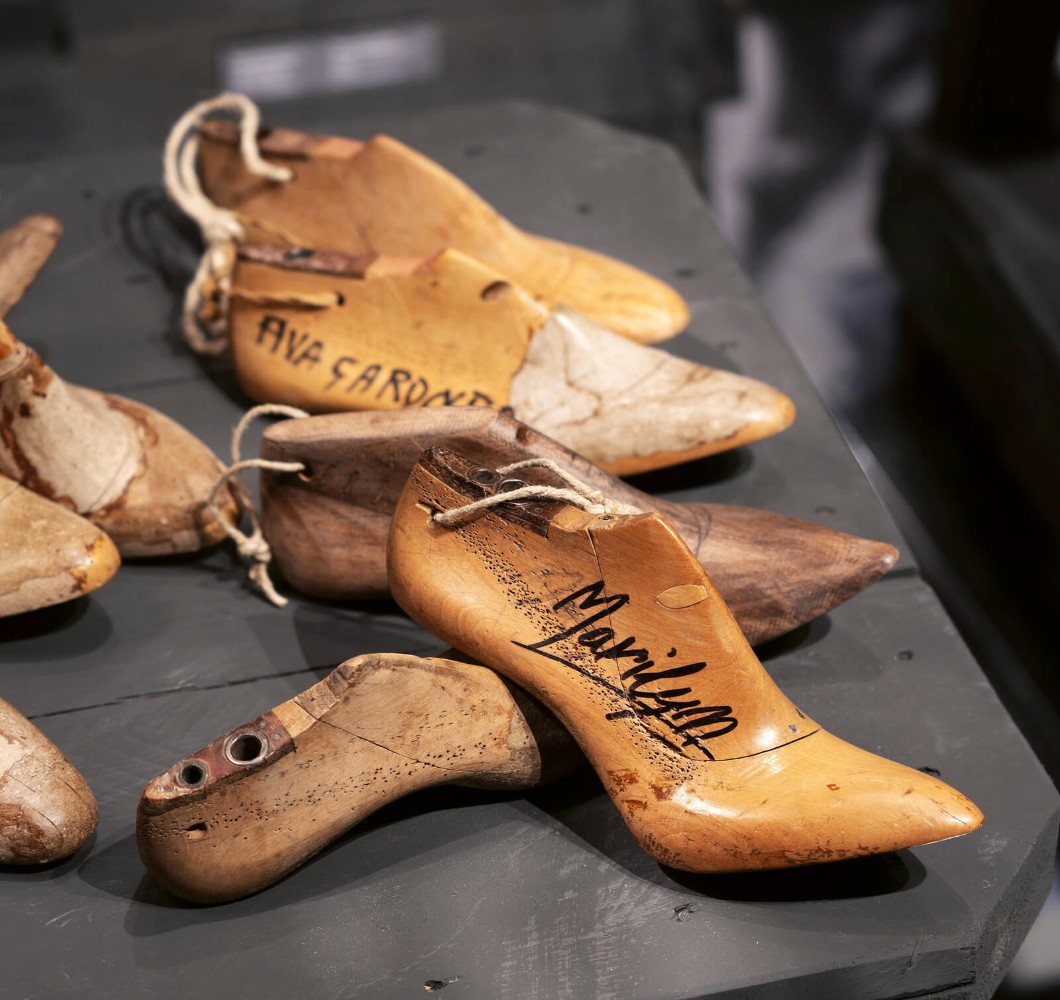
Literary lovers will swoon over the property’s parquet-floored Library Junior Suite, which boasts an entire wall of well-thumbed tomes. The eclectic décor splices artwork and antiques from the owner’s private collection with vibrant textiles and oriental rugs. I waste no time in flinging open the wooden shutters and flopping on the chaise lounge to drink in the view of Santa Trinità Bridge, located just upstream from its famous Ponte Vecchio sister. Pleasingly, the head-turning views aren’t confined to the hotel’s suites. Open exclusively to guests, the hotel’s twin terraced rooftop bar affords a sweeping 360-degree city panorama.
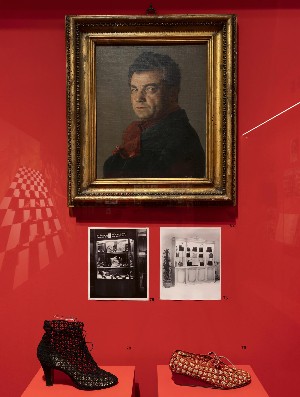
The next morning, I indulge in an Italian breakfast fit for a duchess with a side of Florentine skyline from the hotel’s seventh-floor terrace, from where I eye my first museum visit of the day. Antica Torre di Via Tornabuoni 1 plants guests a fashionable hop and skip from the flagship store-slash-museum of Salvatore Ferragamo, nicknamed Italy’s Shoemaker to the Stars. “He won the prestigious Neiman Marcus Award for the invisible sandal in 1947,” a museum guide tells me as I admire the said shoe, made from a single nylon thread. The Santa Barbara transplant made 368 patents in his lifetime, including the cork wedge, which went on to be imitated around the world by modern brands. The 1936 wedge is on display, along with the rainbow sandal worn by Judy Garland in The Wizard of Oz and the signed wooden shoe lasts of Hollywood glitterati like Marilyn Monroe.
-copy-use-any-1-spa-image-c9a3ne.jpg)
I continue my stylish sojourn by strolling along Via de’ Tornabuoni, which tethers Antinori Square to Santa Trinità Bridge. It’s home to illustrious Italian fashion houses like Prada, Armani, Versace, as well as the original Gucci store. Swapping shopping for spa time, I head underground to a Florentine institution. In contrast to the old-world opulence of the Helvetia & Bristol Firenze’s upper floors, the luxury hotel’s wellness wing is a minimally-furnished ethereal sanctuary clad in travertine stone.

That’s not to say you can’t soak up layers of history here. The subterranean spa’s excavation in 2019 revealed that the Capitoline Baths of Roman Florentia once stood here, and their ancient ruins have been sensitively worked into the design. In the tepidarium (salt room), I pad over medieval ruins exposed through glass, whilst in the tranquil tiered pool or Lacus Quietis — set in the building’s former bank vaults — I let massaging thermal jets soothe my muscles beside an ancient mortar well. Revived, I don palatial-appropriate attire for a night at one of the city’s most talked about new restaurants. Located in the Four Seasons Hotel Firenze’s 16th century Palazzo Del Nero, which underwent a top-to-bottom renovation last Autumn, Onde’s blue-white interior and seafood-centric sharing plates swiftly transport me to the Tuscan coast.
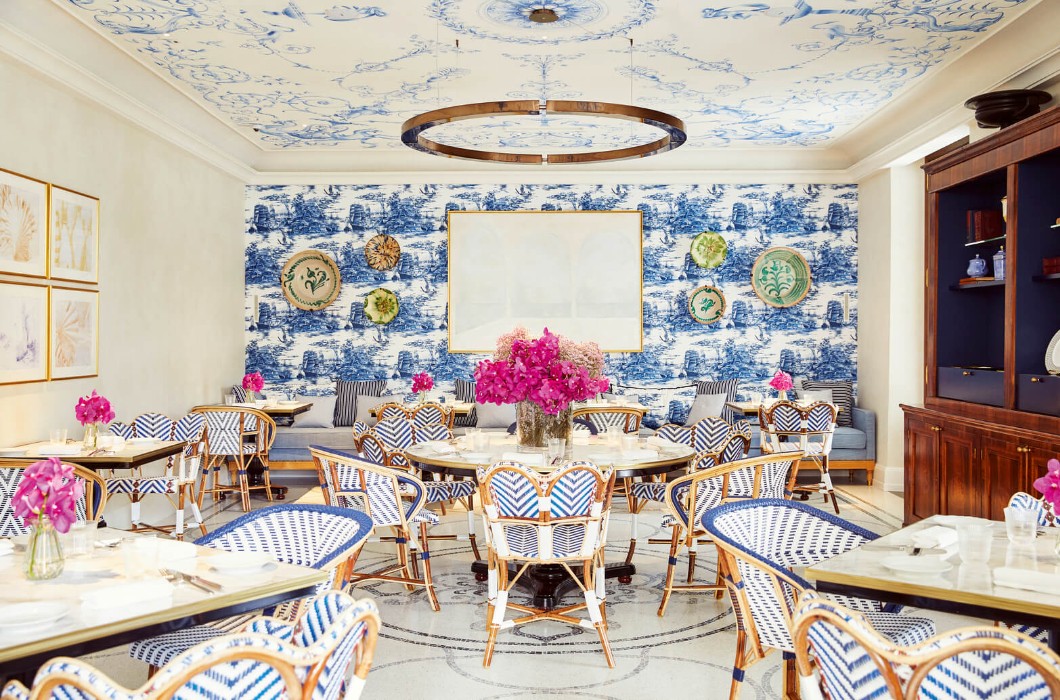
The culinary journey begins with an artichoke salad topped with ‘The Ferrari of Pecorino cheeses,’ followed by spaghetti alle arselle (spaghetti with fresh clams); a nostalgic throwback to the eighties courtesy of Chef Paolo Lavezzini. I also leave room for Onde’s refreshing citrus sgroppino. Part cocktail-part-dessert, it’s a mouth-watering blend of Prosecco, vodka and lemon sorbet. The evening is capped with a magical walk through the property’s twinkling, sculpture-studded Gherardesca Gardens. Florence’s largest private park, from here you can also eye the city’s dazzling Duomo.

Also known as the Santa Maria del Fiore, the Duomo is one of the world’s most celebrated cathedrals, and the talking point of my next day’s sightseeing. “Legend says that each of its dome’s four million bricks were checked by Filippo Brunelleschi,” a Duomo guide tells me on our private tour. Dubbed the ‘Founding Father of Renaissance architecture’, his 37,000-tonne dome is still studied by architects today.
For a close-up of Giorgio Vasari’s intricate frescoes and a bird’s-eye view of Florence, those with a head for heights can scale 463 steps to the landmark’s red-tiled cupola. I forgo the climb for a visit to the Duomo’s namesake museum.
One of its most prized artefacts is the Baptistery’s original gilded doors, which I admire — with only a handful of other gallery-goers — through a huge nitrogen-filled glass case. Known as ‘The Gates of Paradise’, they took 27 years to repair after the Great Flood of Florence in 1966, which literally burst open the eight tonne doors. I save the tri-floored museum’s Treasury Room till last to marvel at its 14th century Silver Altar, restored by dismantling and painstakingly cleaning a staggering 1,500 pieces.
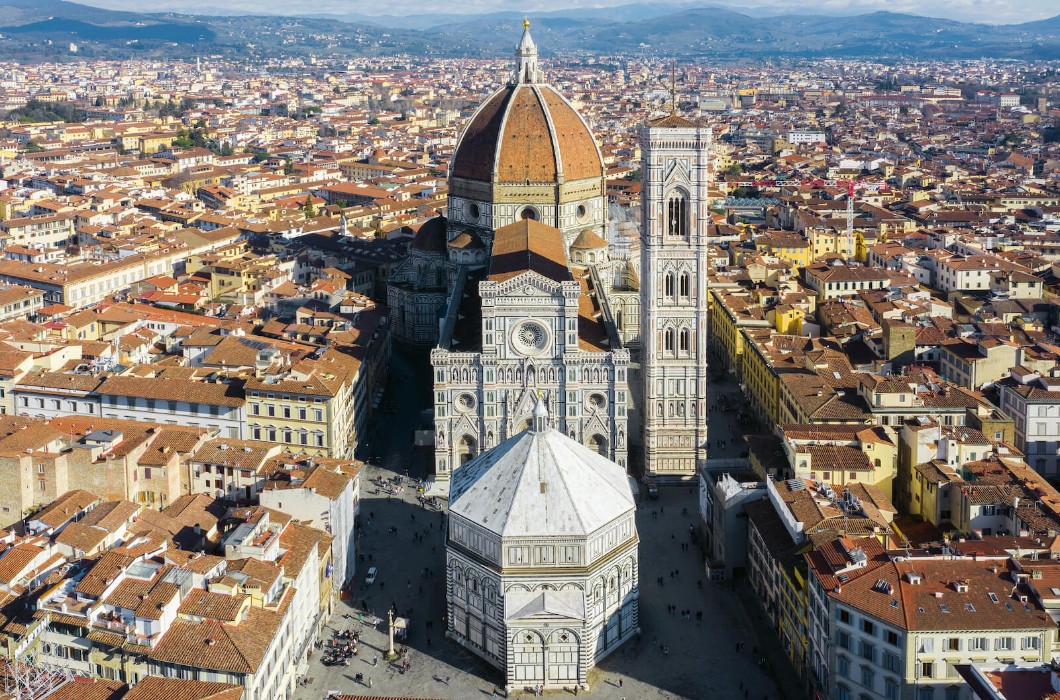
Back outside, I admire the cathedral’s neo gothic powder pink, sage green and ivory marble façade, which inspired the colour scheme of my next haute hotel stay: La Gemma. It may be a recent arrival on Florence’s five-star hotel scene, but history runs deep here. A 19th century Florentine villa that once headquartered the Guild of Hoteliers, La Gemma’s in striking distance of café-ringed Piazza della Repubblica (Republic Square), but has a hushed location thanks to its low-key side street entrance on Via dei Cavalieri.
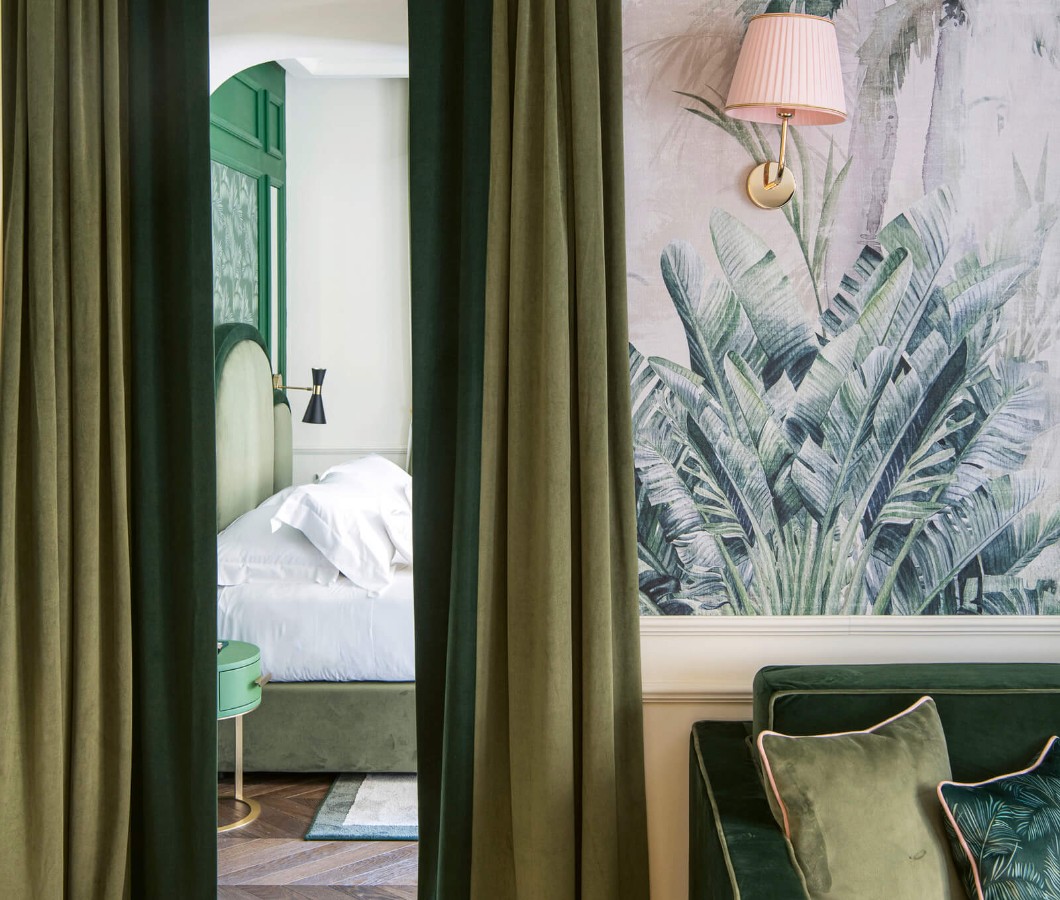
As soon as I’m checked into its chequerboard-floored lobby, I’m whisked up to the hotel’s lounge-bar for a lime green welcome drink. The Crash is one of a handful of signature cocktails named after its Cecchi family owners’ favourite songs. La Gemma marks the first foray into hotels for the Cecchi’s, whose wealth of experience in architecture, art, design and fashion really shows. A vision in bold geometrics, brass flourishes, bespoke furnishings and botanical prints that’s bathed in 50 shades of green, the five-floor, 39-key hotel doesn’t have a bad angle.
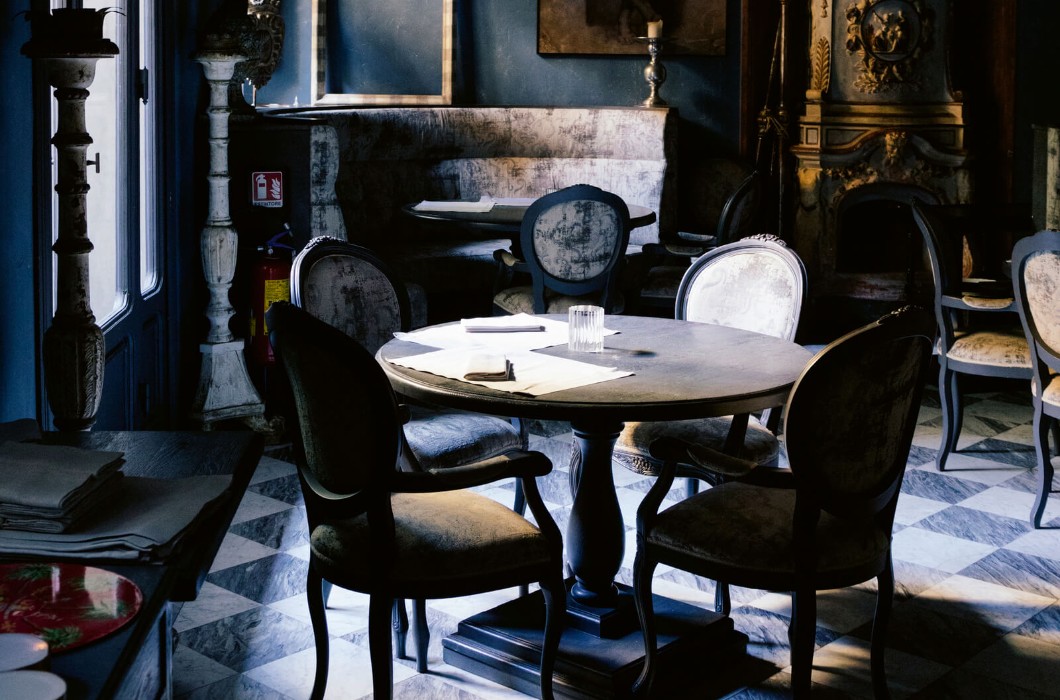
Accessed via a private elevator, my Loft Prestige Suite is a love letter to art deco and Italian design. Its open-plan living space features a stylish kitchenette, marble-clad writing desk, sage-hued cocktail chairs, an in-room brass bar trolley and, the pièce de résistance, a free-standing tub, which looks out over a piccolo patio. My bedroom, meanwhile, is a study in exoticism-meets-elegance; the palm fronds of its parakeet silkscreen wallpaper practically tickling the velvet headboard. Meanwhile, hidden in the property’s historic cellars is the city’s first Biologique Recherche Spa; a restorative refuge outfitted with a jet-massaging plunge pool, Turkish bath and ice waterfall.
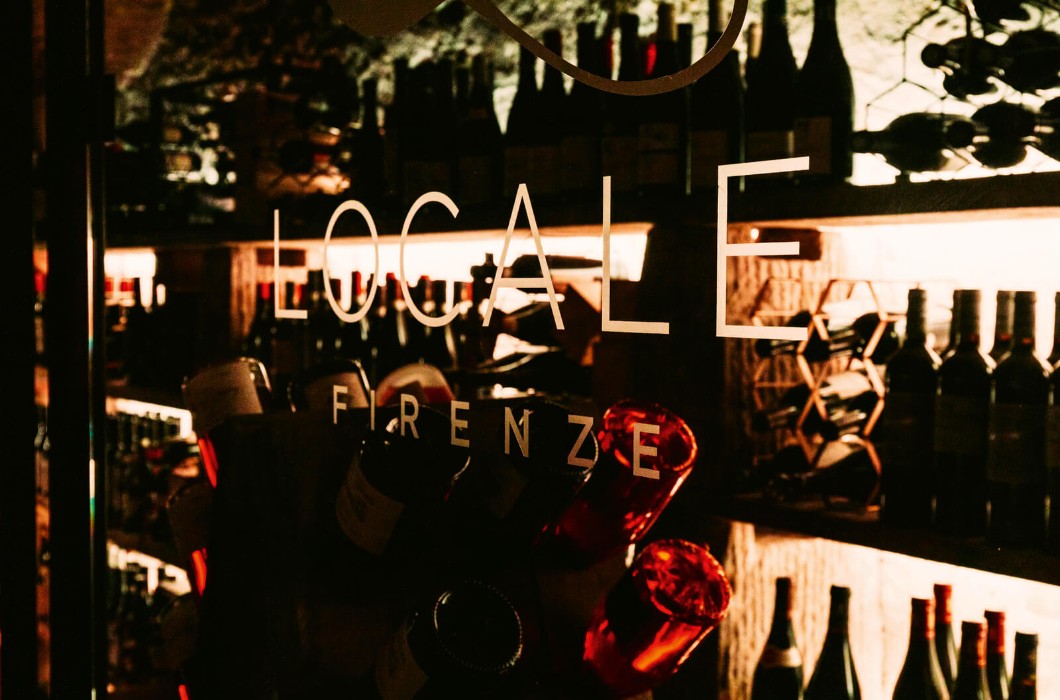
Back on ground-level, I swap La Gemma’s hot-cold therapies for a dose of art therapy at Orsanmichele, located 100-metres from the hotel. Florence’s former granary-turned-museum reopened last January after a $1.1 million makeover. Sculptures by Renaissance giants Ghiberti and Giambologna are the bi-levelled museum’s main drawcard, but the three-sided city views from its vaulted top floor are worth the visit alone. I raise a glass of Tuscan vino to the city’s venerable vistas and cultural riches at my final dinner date: award-winning Locale Firenze. The former Medici residence’s palace courtyard has been reimagined as an atrium bar where vertical gardens scale the walls to a skylight. No ordinary restaurant, the evening begins with a tour of Locale Firenze’s atmospheric 13th-century wine-cellar-cum-mixology laboratory. I’m led back up a spiral stone staircase to a decadent dining room; one of several that drips with Murano chandeliers, lashings of velvet and stuccoed ceiling features.
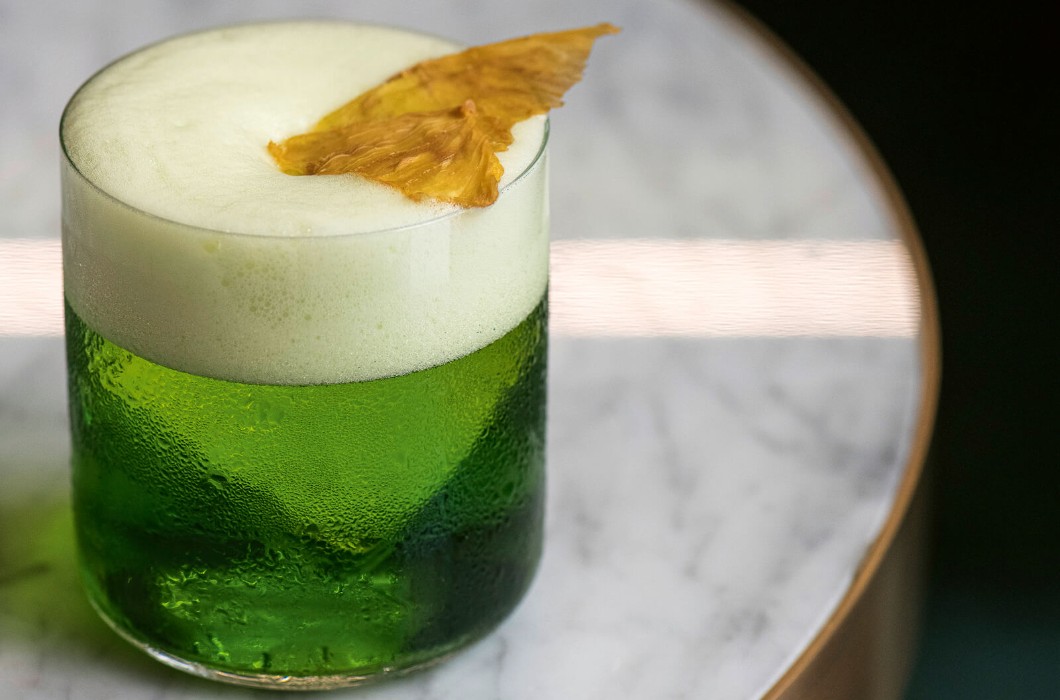
Simone Caponnetto’s seven-course tasting menu makes a lasting impression too. The standout is a Casentino lentil soup paired with a palate-cleansing celery-green-apple-fennel skewer. The chef’s playful presentation is also deserving of a mention, with dishes arriving on miniature pedestals, vintage crockery and even shrouded in a cloud of smoke. It’s a fitting analogy for the city itself: a sensory delight which never fails to surprise.
Tornabuoni1.com | Lagemmahotel.com







